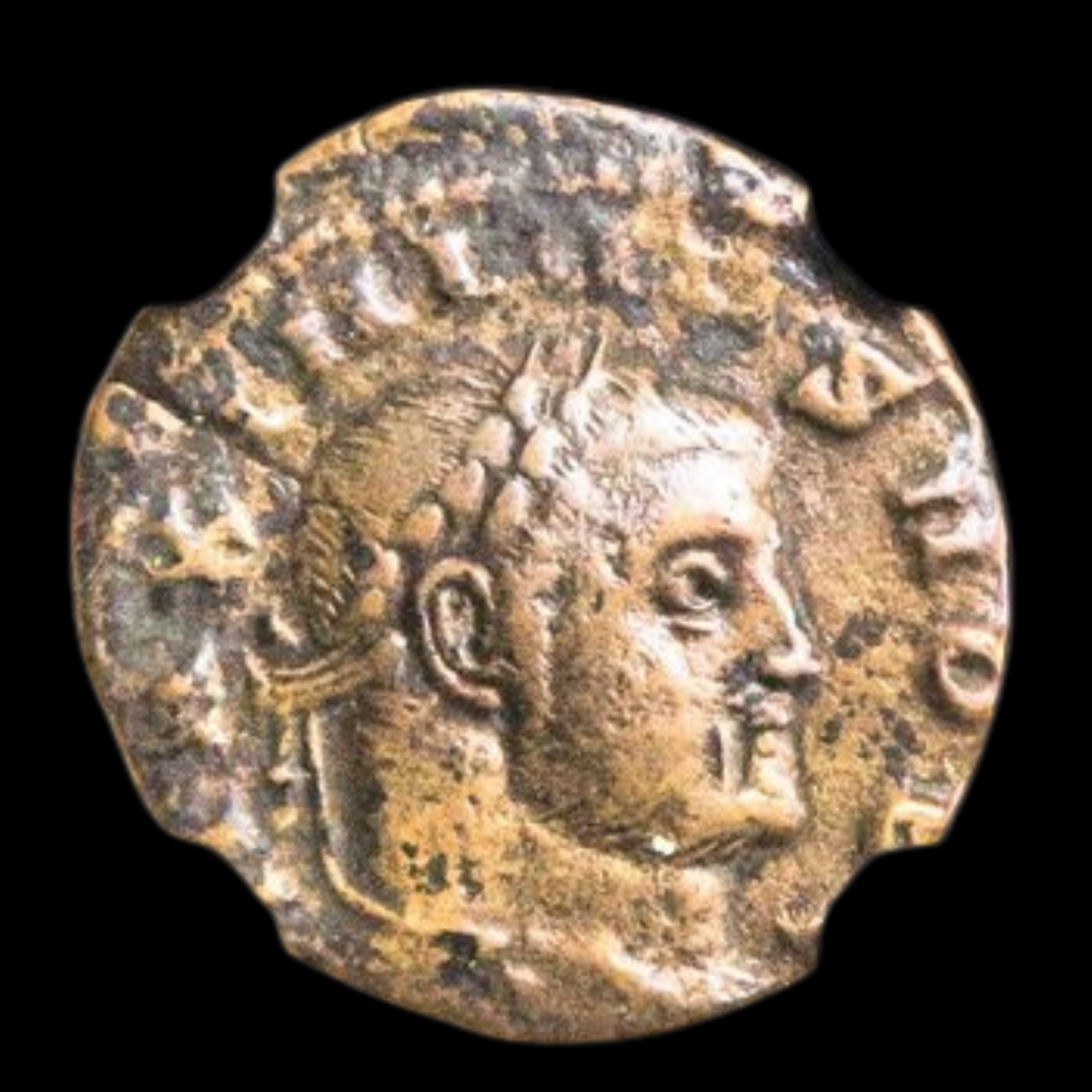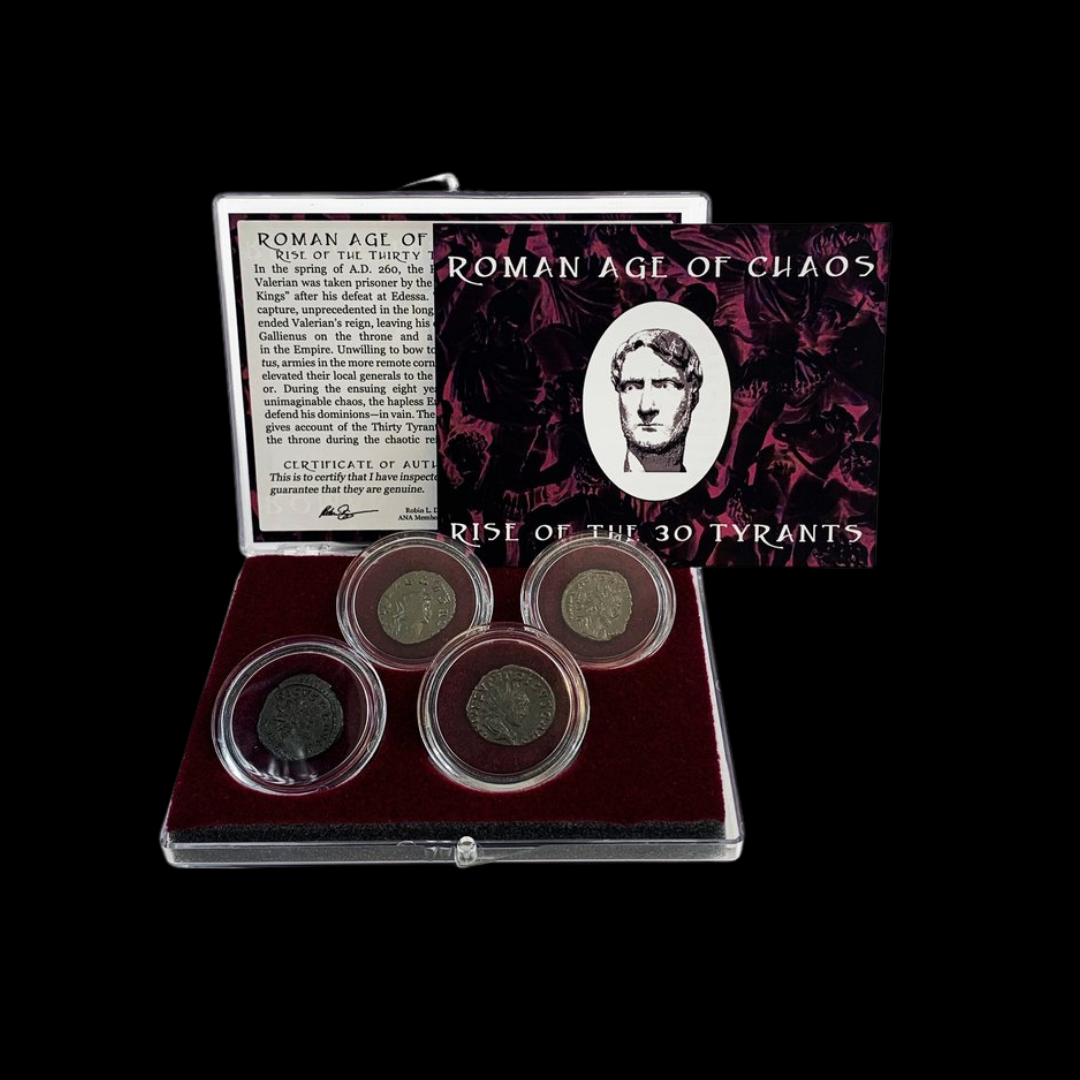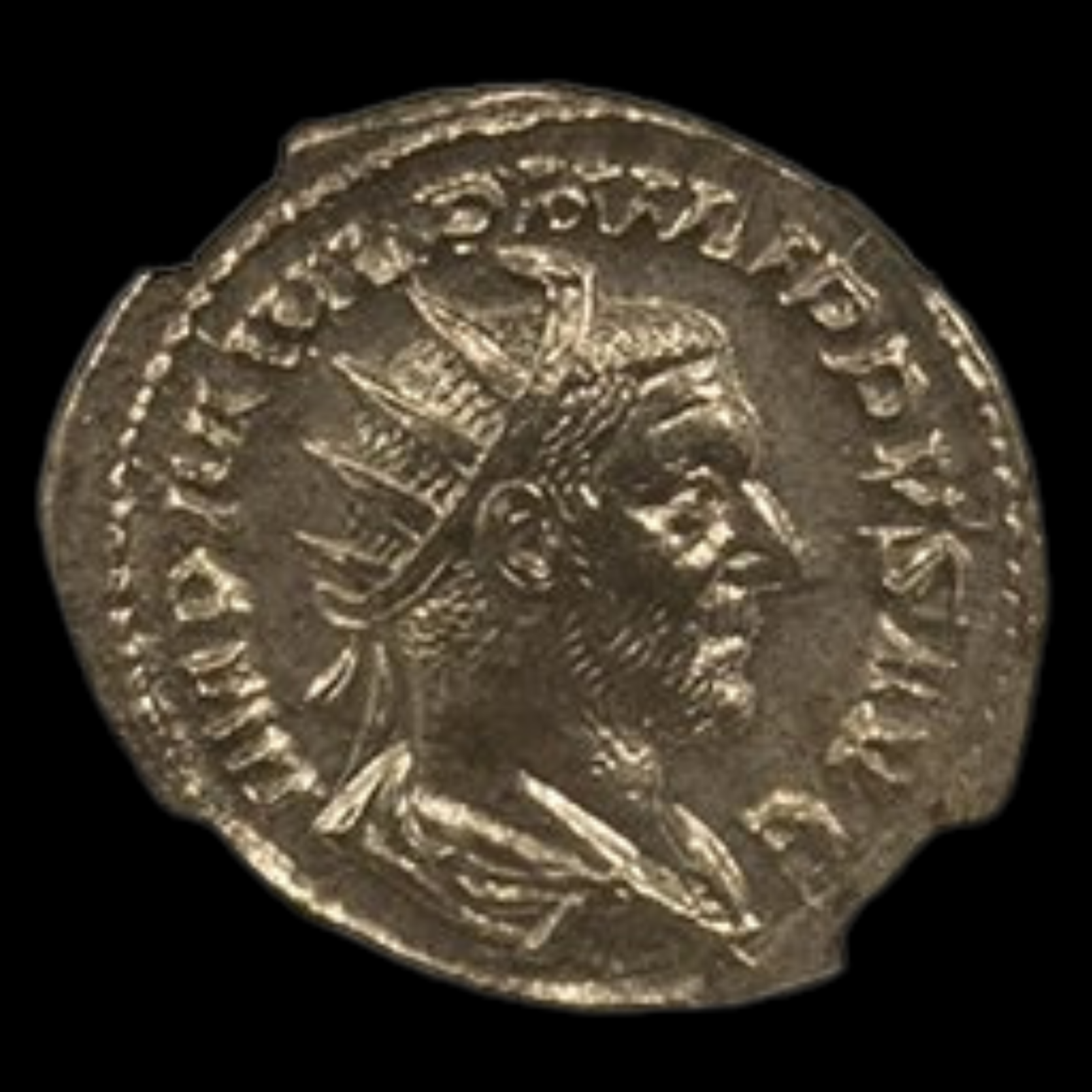 Image 1 of 3
Image 1 of 3

 Image 2 of 3
Image 2 of 3

 Image 3 of 3
Image 3 of 3




Roman Silver Denarius of Emperor Domitian (about 1,925-1,940 years ago)
The coins shown are representative examples of the grade and type, but not the actual specimens for sale. For details on NGC’s grading standards and definitions, please refer to our NGC Grading page.
This silver coin is a denarius issued during the reign of Emperor Domitian, who ruled the Roman Empire from 81 to 96 CE (about 1,925-1,940 years ago). As the last ruler of the Flavian dynasty, Domitian's coins were widely circulated throughout the vast Roman territories spanning Europe, North Africa, and parts of the Middle East.
Coin Description:
Front side: Portrait of Emperor Domitian facing right, wearing a laurel wreath. His name and titles appear in Latin around the edge.
Back side: Likely features a Roman deity, personification of a virtue, or commemoration of a military victory with accompanying inscriptions.
Technical Details:
Silver composition (usually 80-90% pure)
Denomination: Denarius (a day's wages for a skilled laborer)
Weight: Approximately 3-3.5 grams
Diameter: Approximately 18-20 mm
NGC Certified and slabbed for authentication and preservation
Minted between 81-96 CE
Condition varies based on specific certification
Historical Significance: Domitian's coinage reflects his efforts to strengthen the Roman economy through currency revaluation. As emperor, he expanded Rome's frontier defenses and launched ambitious building projects to restore Rome after devastating fires. During his reign, Roman forces under General Agricola attempted to conquer Caledonia (modern Scotland). Despite his administrative accomplishments, Domitian's authoritarian style alienated the powerful Roman Senate, ultimately leading to his assassination in 96 CE and the subsequent condemnation of his memory (damnatio memoriae).
The coins shown are representative examples of the grade and type, but not the actual specimens for sale. For details on NGC’s grading standards and definitions, please refer to our NGC Grading page.
This silver coin is a denarius issued during the reign of Emperor Domitian, who ruled the Roman Empire from 81 to 96 CE (about 1,925-1,940 years ago). As the last ruler of the Flavian dynasty, Domitian's coins were widely circulated throughout the vast Roman territories spanning Europe, North Africa, and parts of the Middle East.
Coin Description:
Front side: Portrait of Emperor Domitian facing right, wearing a laurel wreath. His name and titles appear in Latin around the edge.
Back side: Likely features a Roman deity, personification of a virtue, or commemoration of a military victory with accompanying inscriptions.
Technical Details:
Silver composition (usually 80-90% pure)
Denomination: Denarius (a day's wages for a skilled laborer)
Weight: Approximately 3-3.5 grams
Diameter: Approximately 18-20 mm
NGC Certified and slabbed for authentication and preservation
Minted between 81-96 CE
Condition varies based on specific certification
Historical Significance: Domitian's coinage reflects his efforts to strengthen the Roman economy through currency revaluation. As emperor, he expanded Rome's frontier defenses and launched ambitious building projects to restore Rome after devastating fires. During his reign, Roman forces under General Agricola attempted to conquer Caledonia (modern Scotland). Despite his administrative accomplishments, Domitian's authoritarian style alienated the powerful Roman Senate, ultimately leading to his assassination in 96 CE and the subsequent condemnation of his memory (damnatio memoriae).























